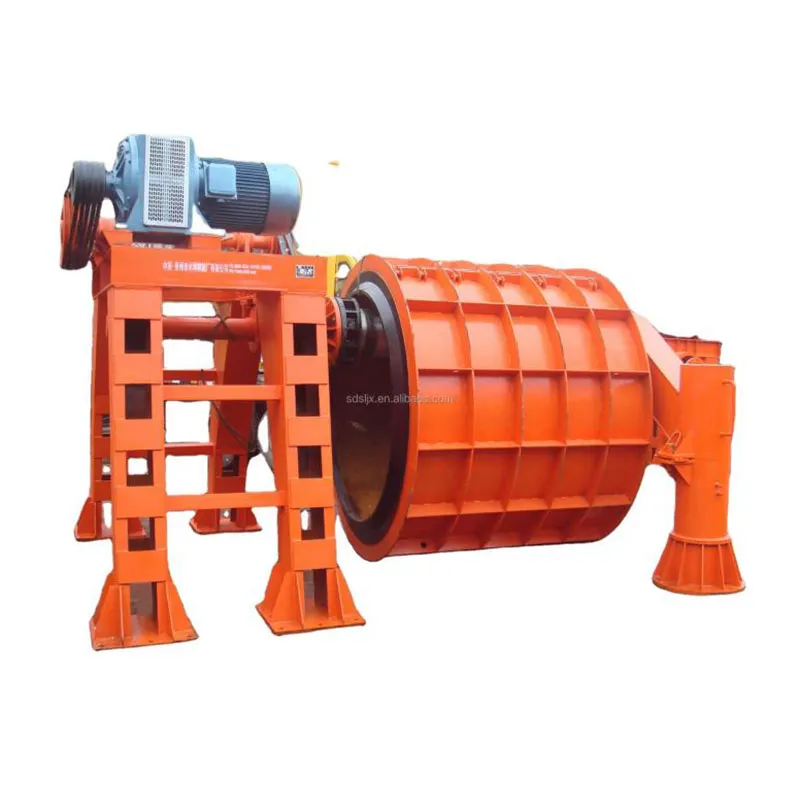The Science Behind Quality Control in Culvert Pipe Manufacturing
2024-11-14
When it comes to infrastructure, the quality and durability of culvert pipes are paramount. The strength, shape, and longevity of these pipes impact drainage systems, highways, and other key structures. But how exactly does a Culvert Pipe Making Machine ensure these standards? This blog explores the science behind quality control in culvert pipe manufacturing.
1. Precision in Material Mixing
The first step to ensuring a quality culvert pipe is to get the material composition right. Most culvert pipes are made of reinforced concrete, which relies on an exact ratio of cement, water, and aggregate. A modern Culvert Pipe Making Machine incorporates sensors and automated mixers to measure and mix these materials with high precision. This automation prevents human error and guarantees that each batch of concrete has a consistent strength.
2. Reinforcement Mechanisms
Concrete pipes often need reinforcement to withstand high pressure and harsh environmental conditions. Reinforcement is typically done with steel mesh or rebar. Advanced machines position these reinforcements with precision, ensuring even distribution and alignment. This arrangement not only provides added durability but also maintains the pipe’s structural integrity under heavy loads.
3. Automated Molding Techniques
The molding process plays a crucial role in maintaining the shape of the pipe. Machines use high-quality, durable molds that minimize imperfections. The precision in automated molding eliminates the need for manual adjustments, ensuring that every pipe has uniform wall thickness and diameter. This consistency is essential for creating pipes that fit together seamlessly in installations.
4. Quality Control with Curing Chambers
Curing is the process of allowing concrete to harden and reach its maximum strength. Advanced culvert pipe machines include curing chambers, which control temperature and humidity to create the ideal curing environment. Some systems use steam curing to accelerate the process without compromising quality, allowing the concrete to reach its desired strength quickly and uniformly.
5. Real-time Monitoring and Testing
During production, modern Culvert Pipe Making Machines are equipped with sensors and software that monitor factors like concrete density, temperature, and moisture levels. This real-time data collection helps manufacturers detect any anomalies immediately, ensuring each pipe meets strict quality standards.
Through automation, precision, and real-time monitoring, the Culvert Pipe Making Machine ensures that every pipe produced has the strength, shape, and durability to withstand the test of time. By integrating quality control at every stage of production, these machines contribute to safer, more resilient infrastructure projects.



